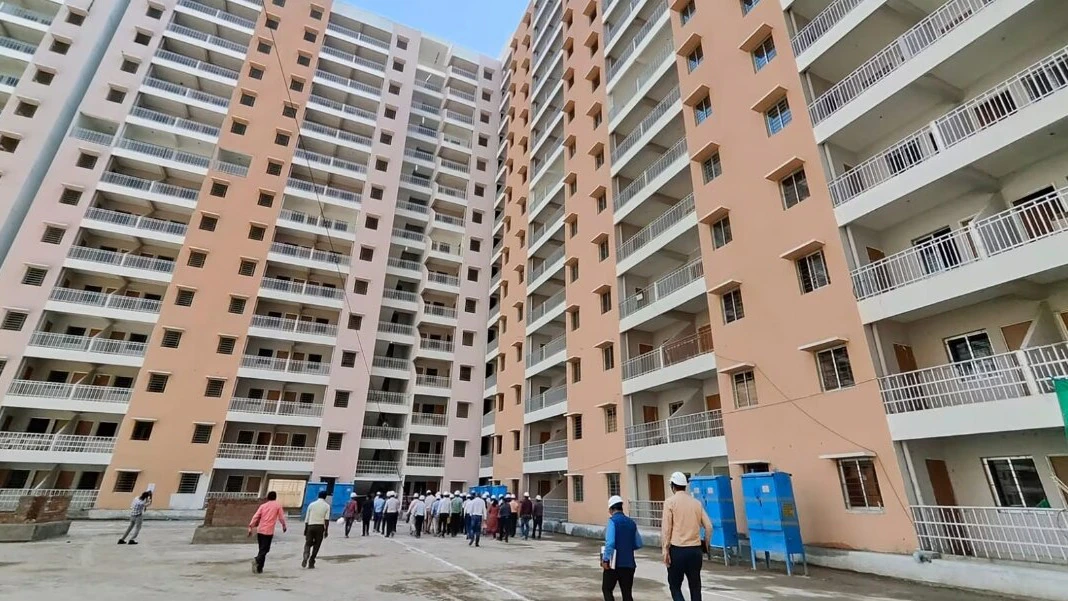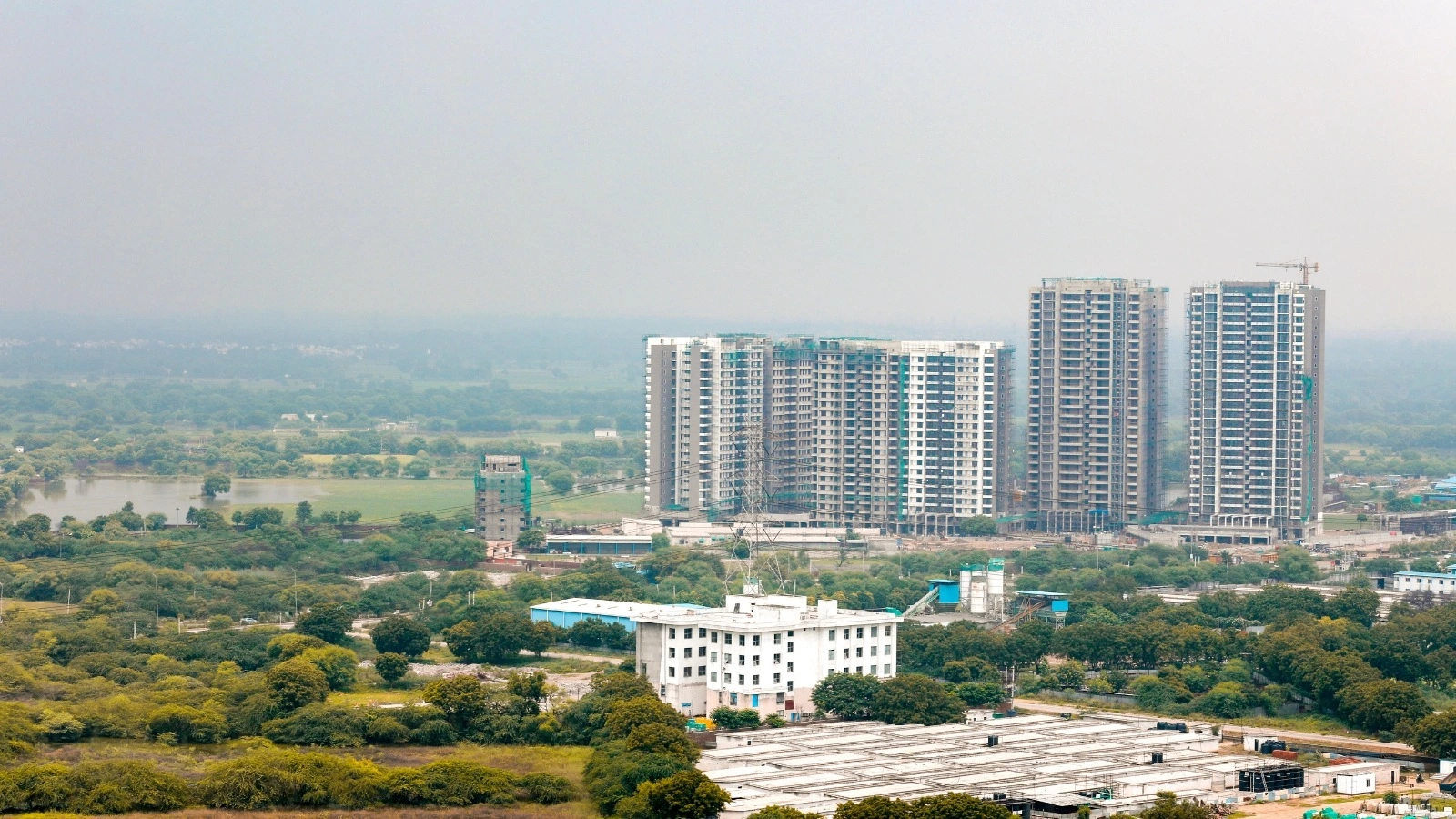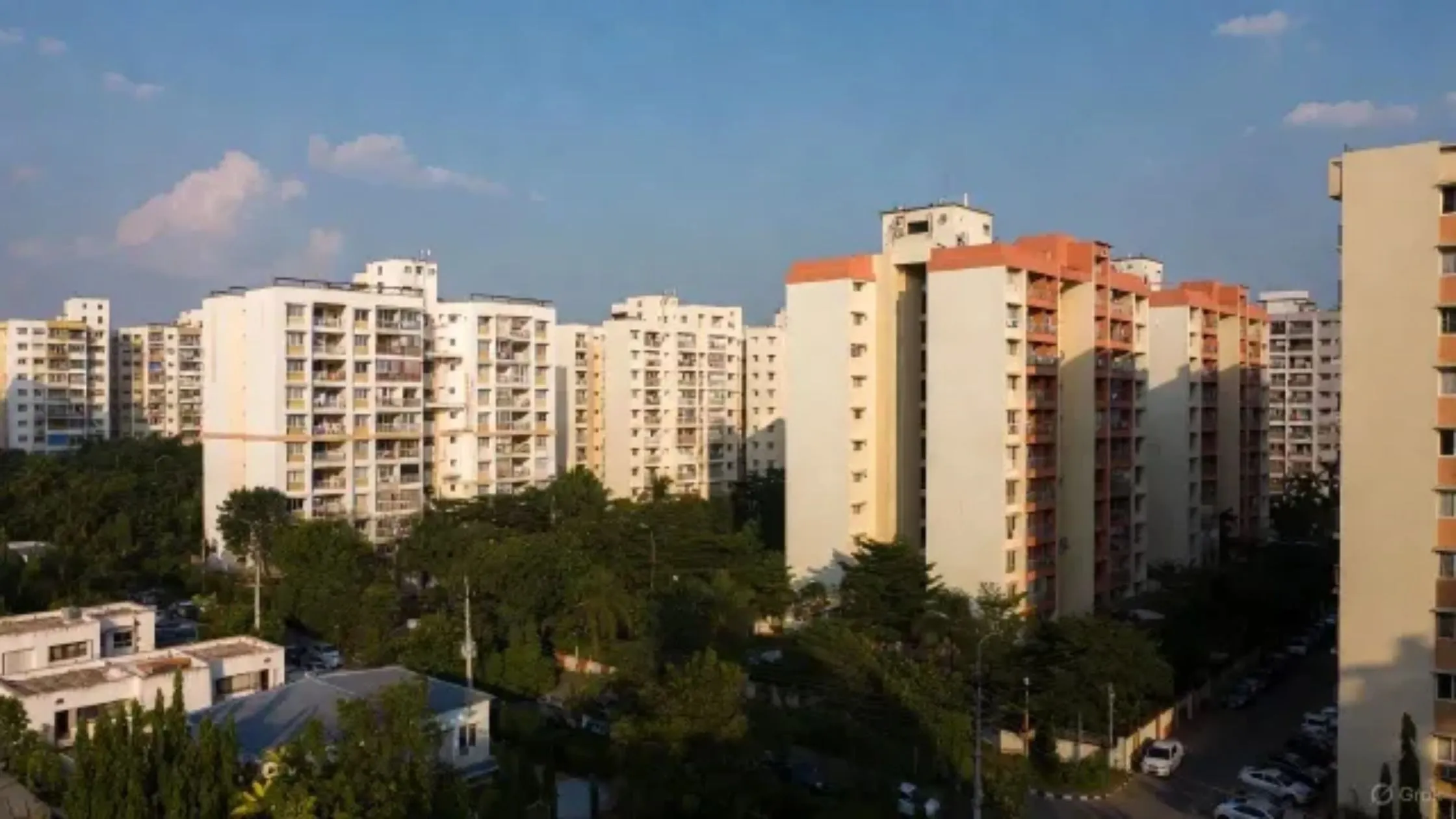Table of Content
The real estate landscape in Uttar Pradesh is seeing a notable shift with the implementation of the UP government’s co-developer policy, a move that may finally bring relief to thousands of homebuyers stranded in stalled housing projects. Legal experts and industry insiders say the policy is beginning to deliver results, offering a structured pathway to revive long-delayed developments.
Sunworld Arista: A Case Study in Progress
One of the most encouraging examples of the UP government’s co-developer policy in action is the revival of the Sunworld Arista project in Noida’s Sector 168. Appointed as co-developer under this policy, real estate firm Nimbus Projects Ltd has committed to investing over ₹1,000 crore to complete the long-stalled project. Already, Nimbus has cleared ₹80 crore in dues owed to the Noida Authority and pledged to deliver the pending apartments within three years.
The project, initially launched in 2010-11, was supposed to be delivered in 2014. After the original developer, Sunworld Residency Pvt Ltd, failed to pay its dues, Nimbus took over in September 2024. In the first phase, the firm plans to repay bank loans, settle land dues, and finish infrastructure development, allowing homebuyers with occupancy certificates from 2019 to finally register their homes.
Also Read: Builders Call for Rehabilitation Framework to Resolve Noida Sports City Crisis
Key Features of the Co-Developer Policy
The UP government’s co-developer policy is crafted to address legacy issues in financially stressed or technically stalled real estate projects. Here are its core highlights:
- Due Diligence: A financially sound co-developer is brought in to evaluate the project’s viability.
- 25% Dues Clearance: By paying just 25% of outstanding land dues, the co-developer can regularise the project.
- Tripartite Agreements: Once formalised, the co-developer is registered as the promoter with RERA.
- Access to Approvals: This status allows them to revalidate building plans, apply for extensions, and secure financing.
- FSI Utilisation: Developers also assess available Floor Space Index (FSI) as a commercial incentive.
This structured framework ensures that homebuyers get possession, developers find commercially viable opportunities, and authorities recover long-pending dues.
Real Estate Experts Weigh In
Industry experts view the policy as a market-driven, pragmatic solution to the chronic problem of stalled projects. Venket Rao of IntygratLaw notes that the policy is aligned with the Amitabh Kant committee’s recommendations, which emphasised private sector-led revival rather than the custodial model seen in cases like Amrapali.
"Compared to long, uncertain outcomes in the NCLT, this policy ensures faster resolution often within months," Rao explained.
Beyond Sunworld: Growing Adoption of the Policy
The Noida Authority recently approved a similar co-developer proposal for Supertech Limited’s stalled projects. Realty firm Apex has stepped in to fund and finish multiple delayed projects across Noida, Greater Noida, and Yamuna City. The matter is currently under Supreme Court review, with a hearing scheduled for August 13, 2025.
These developments show that more builders are willing to utilise the UP government’s co-developer policy to rescue troubled projects, especially when there is usable FSI or potential for new inventory.
A Win-Win for All Stakeholders
According to Ravi Nirwal of Square Yards, the real strength of this policy lies in its balanced approach. "Authorities recover dues, credible builders enter with low entry barriers, and most importantly, homebuyers finally get their homes."
The policy not only promises to transform stalled buildings into functioning communities but also aims to restore trust in Noida and Greater Noida's real estate market. With proper implementation, it could redefine how distressed assets are managed in the Indian real estate sector.
Also Read: India Nears 1 Billion Sq Ft in Office Space, Poised to Become Fourth Largest Global Market
Final Thoughts
The UP government’s co-developer policy stands out as a strategic intervention in a sector plagued by delays and mistrust. By enabling transparent partnerships and financially viable takeovers, the policy offers more than just a ray of hope it offers a roadmap to recovery.
As more projects sign up under this initiative, and as legal frameworks continue to evolve, homebuyers can expect faster resolution, reduced uncertainty, and ultimately, the keys to their long-awaited homes.
Follow AquireAcers Whatsapp Channel to Stay Updated With The Latest Real Estate News








Ans 1. The UP co-developer policy allows a financially sound third-party developer to take over stalled housing projects by clearing 25% of outstanding dues, signing tripartite agreements, and becoming the registered promoter under RERA to complete the project.
Ans 2. It enables faster revival of stalled projects, giving homebuyers a clear timeline for possession. Co-developers can revalidate plans, finish infrastructure, and resolve registration delays, which directly benefits stranded buyers.
Ans 3. The co-developer assumes responsibility for completing the project. After clearing partial dues and signing the required agreements, they gain access to approvals, financing, and development rights, including unutilized FSI.
Ans 4. Sunworld Arista in Noida’s Sector 168 is a key success story, now being revived by Nimbus Projects. Similar proposals involving Supertech’s stalled projects are also under review, with realty firm Apex stepping in.
Ans 5. Unlike long insolvency processes or government-led custodial models, the co-developer policy is market-driven and faster. It encourages private builders to invest in completing stuck projects through a structured, incentive-based system.
Ans 6. Timely coordination among authorities, legal clarity in tripartite agreements, and selection of credible co-developers are crucial. Any delays in approvals or disputes over dues could slow implementation.
Ans 7. Yes, local authorities like Noida and GNIDA benefit by recovering part of the pending dues and ensuring stalled projects are completed without taking them over directly, thus reducing administrative and legal burden.